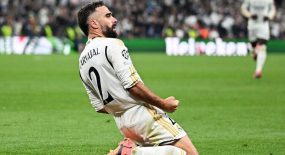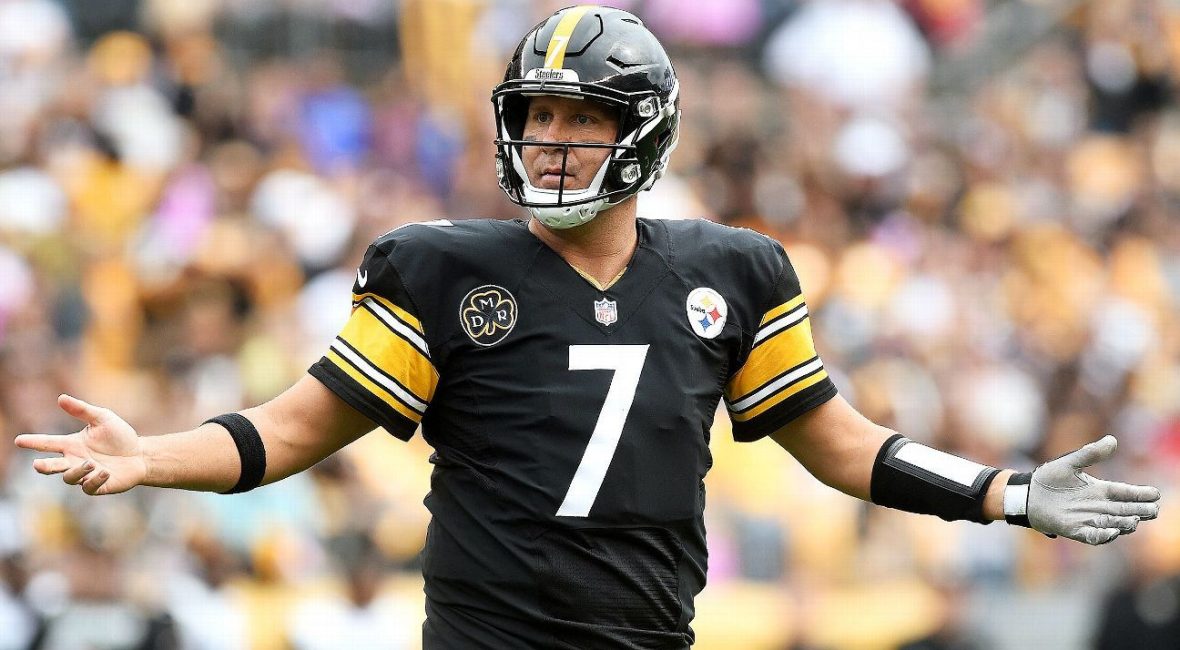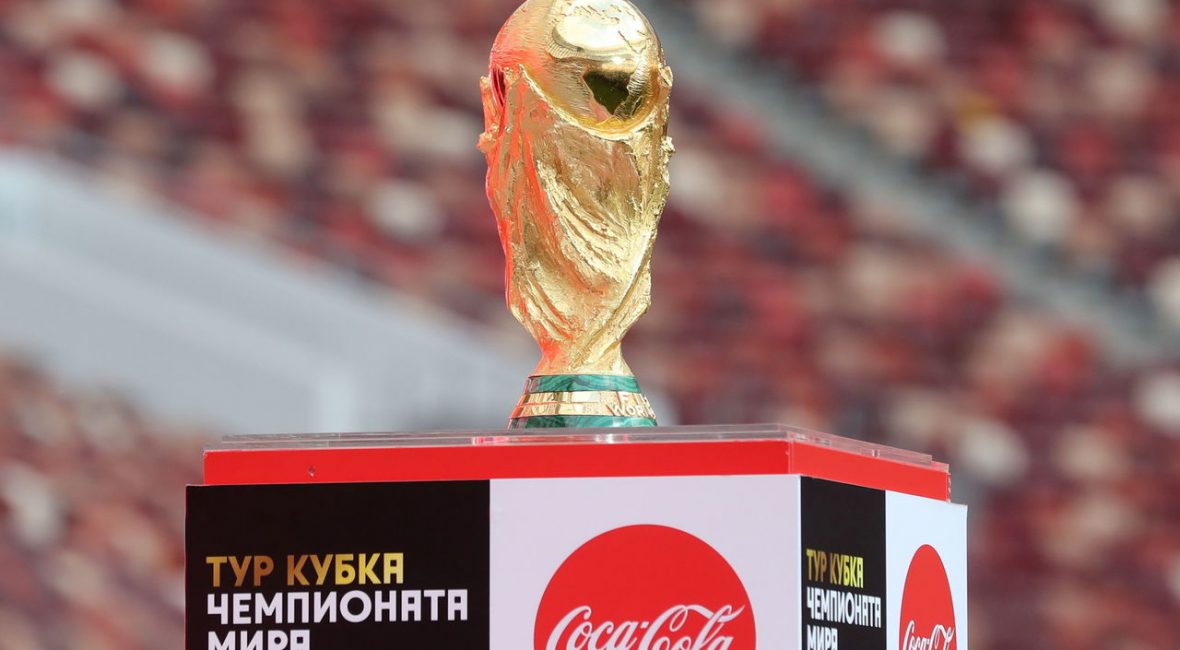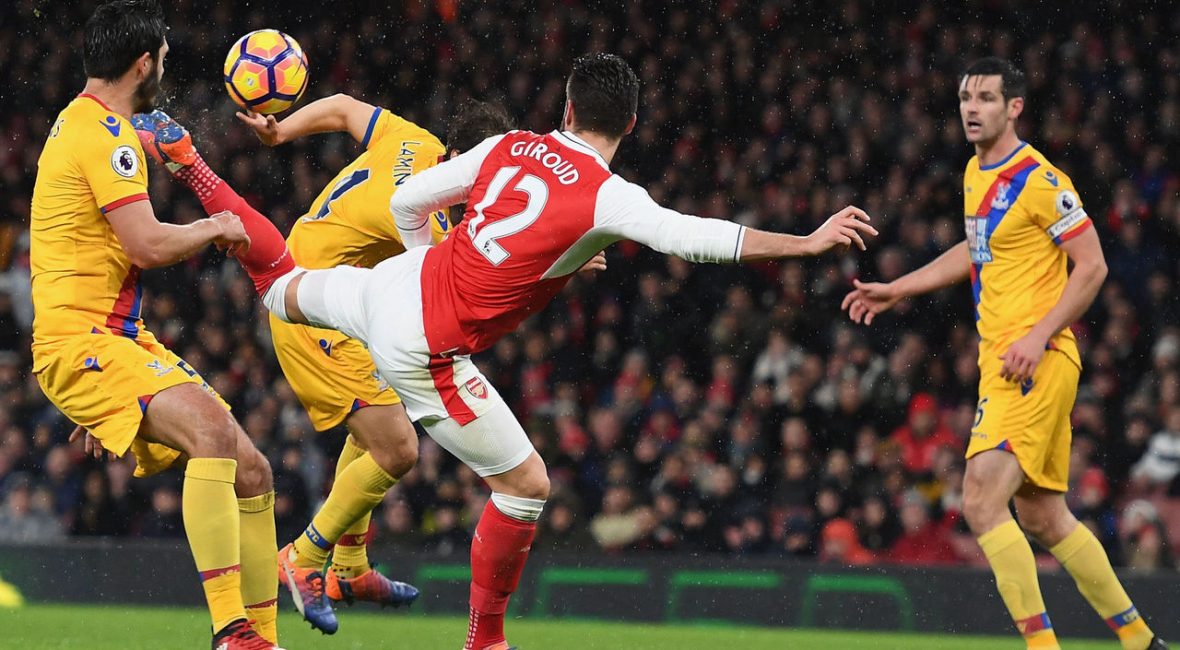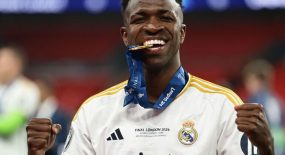Our NFL Insiders predict Week 6’s biggest upsets and fantasy flops and sleepers. Plus: Should Pittsburgh fans be worried about Ben Roethlisberger? Are the Packers the best one-loss team?
What’s your top upset pick for Week 6?
Matt Bowen, NFL writer: Rams over Jaguars. That Jacksonville secondary is nasty. Jalen Ramsey and A.J. Bouye will challenge every throw from Jared Goff; they’re physical cornerbacks with ball skills. However, can the Rams lean on a high-volume day from Todd Gurley and take some calculated shots up the seam versus the Jags’ Cover 3 shell? The team that controls the tempo wins this one. And I’ll go with the Rams to hold on for a victory in a low-scoring affair.
Dan Graziano, NFL writer: Bears over Ravens. Look, this is a tough week to pick an upset. There aren’t really any that I like, except for a couple that I think would be too close to count here. (Rams in Jacksonville, maybe, or Lions in New Orleans, if Matthew Stafford is healthy.) So give me some Mitchell Trubisky on the road in Baltimore. I just don’t think the Ravens’ offense is capable of scoring consistently week to week. I think the Bears have been close in some tough losses, and they have a win over the Steelers, who dominated the Ravens in Baltimore in Week 4. It’s a flier, but this is the week for a flier. Gimme da Bears.
Aaron Schatz, editor-in-chief of Football Outsiders: Lions over Saints. Detroit is a surprising No. 8 in the Football Outsiders DVOA ratings through five weeks, and New Orleans is a surprising No. 9. But compared to last season and the talent level on the roster, the Detroit offense is underperforming a little bit and the New Orleans defense is overperforming. It’s certainly easy to imagine a scenario where Matthew Stafford engineers another fourth-quarter comeback, even on the road, against the holes in the Saints’ defense.
Mike Sando, senior NFL writer: Steelers over Chiefs. The Steelers intrigue me as a capable team that has underperformed and now must refocus to win on the road against a 5-0 Chiefs team. Injuries to Travis Kelce and Justin Houston are factoring into my thinking that Pittsburgh might be able to win a hard-fought game. Of course, the Chiefs could just as easily win by two touchdowns.
Field Yates, NFL Insider: Chargers over Raiders. There are some games that feel just too imbalanced to project an upset — i.e. the Browns over the Texans — so let’s stick with this one, noting a caveat: I believe there is a legitimate shot that Derek Carr plays in Week 6, and I also believe the Chargers can get the job done in an upset. Los Angeles’ defensive line is one of the most dominant in the NFL. The Raiders have an established, veteran offensive line but the early-season struggles are apparent. They’ve allowed 12 sacks through five games after a league-low 18 last season, and are 23rd in rushing yards per game after finishing sixth in the same category last year. Look for L.A. to make it two straight road wins.
Bowen: Roethlisberger, because the Steelers’ offense looks limited through five weeks. Antonio Brown has only one touchdown catch, we are still waiting for that breakout game from Martavis Bryant, and Roethlisberger is struggling to throw the deep ball. The quarterback completed 47 percent of his passes on throws of 15 or more yards down the field with 16 touchdowns in 2016. This year? He’s completing just 34 percent of his passes on such throws with five interceptions and zero touchdowns. That’s a real concern.
Graziano: Roethlisberger, because his team is the one of which the most was expected. There seem to be some problems bubbling up behind the scenes in Pittsburgh that have a lot to do with him, his relationships with his wideouts, his choices within the game plan, etc. The Steelers have no excuse not to run away with an otherwise weak AFC North, but the performance by Roethlisberger and the offense early in the season has raised legitimate questions about whether they will.
Schatz: Roethlisberger is surrounded by the most talent, which is why there are more questions about his struggles than the others. He has a solid offensive line, and maybe the best wide receiver and best (healthy) running back in the game. Palmer’s and Manning’s performances are less concerning only because they are less surprising; both look very similar to a year ago. Rivers is fine, still easily above average according to Football Outsiders metrics.
Sando: I don’t find any of their performances all that worrisome. Manning, Rivers and Palmer need more support. We know who they are, and who they’re not. Roethlisberger is the best of the bunch and needs to play better. Presumably, he will.
Yates: It’s Roethlisberger, given his supporting cast. The offensive line is a tenured and cohesive group that has standout players, his receivers are highlighted by arguably the best in the game with Brown and Le’Veon Bell is a game-changer. It’s difficult to pinpoint why Roethlisberger’s most recent struggles (six interceptions in his past two games and just one touchdown) have occurred. Pittsburgh has a tough test to get on track as it faces the league’s best team, Kansas City, this week.
Who’s your pick to be the biggest fantasy flop this weekend?
Bowen: Wayne Gallman and Orleans Darkwa, RBs, Giants. Given the number of injuries to the Giants wide receiver corps, fantasy managers would expect New York to run the football Sunday night. But there has been very little daylight for running backs this season against the Broncos. Denver leads the NFL, giving up an average of just 14.4 fantasy points per game to opposing backs.
Graziano: Lamar Miller, RB, Texans. The Browns are the second-best run defense in the league in yards per attempt per rush, allowing only 2.9. (the Broncos are the best at 2.4) There’s always a risk that a running back could rack up points against the Browns in the second half because he’ll probably be playing with a lead, but the Browns’ defensive front is actually something of a relatively quiet strength of their team.
Schatz: Lamar Miller, RB, Texans. You might think it’s easy to rack up rushing totals against Cleveland because the Browns are always losing and their opponents are always killing the clock. But the Browns are actually third in run defense DVOA (compared to 31st in pass defense) and allow fewer fantasy points to running backs than the average defense this season.
Sando: Jared Goff, QB, Rams. Goff was my choice in Week 5 and I’ll stick with him heading into a road matchup with the Jaguars. His overall trajectory is up, but these are a couple of difficult matchups for him following a fast start.
Yates: Mike Evans, WR, Buccaneers. By no means am I benching him, but let’s not overlook the matchup Evans draws this week against Arizona. Cornerback Patrick Peterson has been remarkable, holding primary duties in slowing down Marvin Jones Jr., T.Y. Hilton, Dez Bryant, Pierre Garcon and Alshon Jeffery to a combined total of 13 catches, 135 yards and two touchdowns in five games this season. Evans will have his hands full in Week 6.
Rank these one-loss teams: Panthers, Eagles, Packers, Broncos and Falcons
Bowen: 1. Packers; 2. Panthers; 3. Falcons; 4. Broncos; 5. Eagles. Aaron Rodgers can take over the game at any moment.
Graziano: 1. Panthers; 2. Broncos; 3. Packers; 4. Falcons; 5. Eagles. I love what Carolina is doing on offense with personnel groupings and its ability to change the game plan relative to the opponent and situation. Christian McCaffrey hasn’t put up numbers yet, but you can see the way he affects a defense’s attention and allows the Panthers to mix things up. They’re also fearsome on defense.
Schatz: 1. Packers; 2. Eagles; 3. Falcons; 4. Panthers; 5. Broncos. The Packers looked like the best of these teams going into the season, and only the Eagles have been better if we look only at 2017 data.
Sando: 1. Packers; 2. Falcons; 3. Broncos; 4. Panthers; 5. Eagles. Green Bay has the NFL’s best quarterback, possibly by a wide margin. I don’t see huge gaps between the others.
Yates: 1. Packers; 2. Broncos; 3. Panthers; 4. Eagles; 5. Falcons. The brilliance of Rodgers needs no explanation, with the balance of the offense through the running game making this Green Bay offense arguably the league’s best.
Pick a fringe fantasy player who should be started in Week 6.
Bowen: Elijah McGuire, RB, Jets. With Bilal Powell banged up and Matt Forte still working through an injury, McGuire is a solid play this week. The Jets running back is averaging 5.2 yards per carry on a limited workload (34 carries), but I like the matchup against a Patriots defense that is giving up an average of 30.0 fantasy points per game to opposing backs (the worst in the NFL).
Schatz: George Kittle, TE, 49ers. So far, the one position that’s getting plenty of receptions against the Washington defense is tight end. Fifth-round rookie Kittle is on the rise in San Francisco. That seems like a great combination to me.
Sando: Will Fuller V, WR, Texans. Fuller gets a crack at the Browns’ secondary. That’s a favorable matchup anyway, especially with coach Bill O’Brien seeming to keep the accelerator pressed whether Houston is leading or trailing.
Yates: Taylor Gabriel, WR, Falcons. If Mohamed Sanu sits this week, I’d roll the dice on Gabriel. The Falcons return from their bye to face a Miami team that has yet to track down an interception this season. Gabriel has the kind of speed that can make him a factor with just one play; he has a shot at a half-dozen targets if Sanu sits and is on the flex radar in a deeper league.




